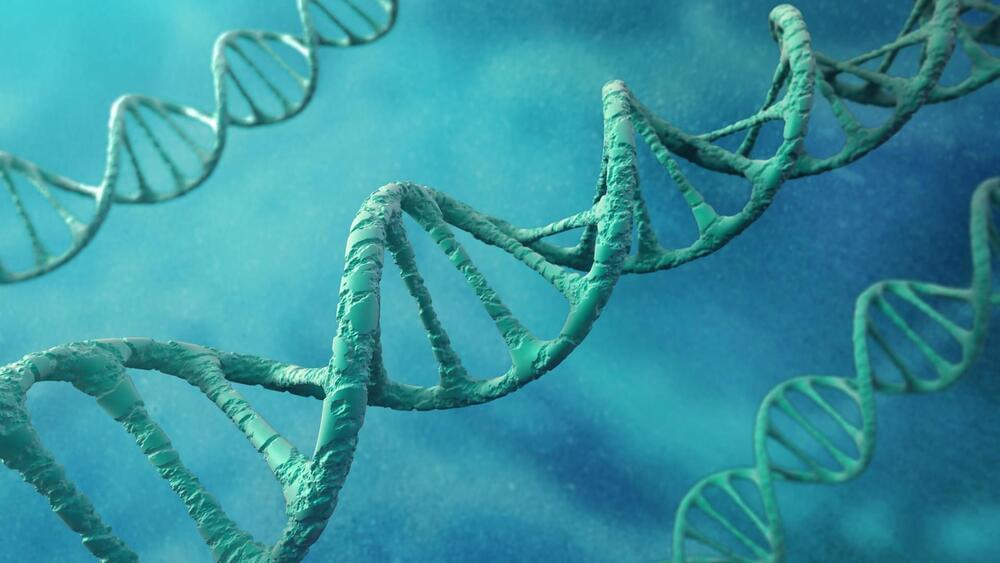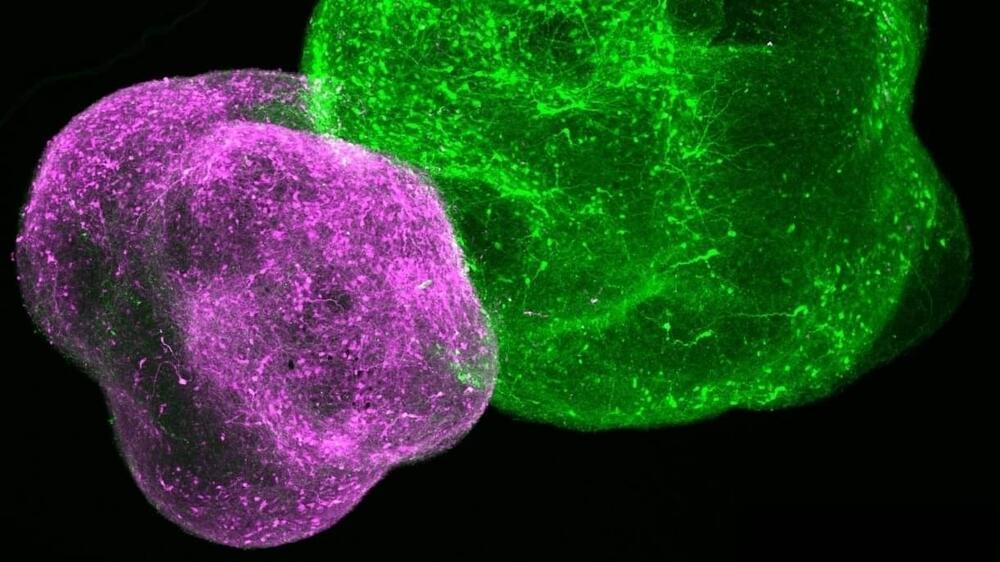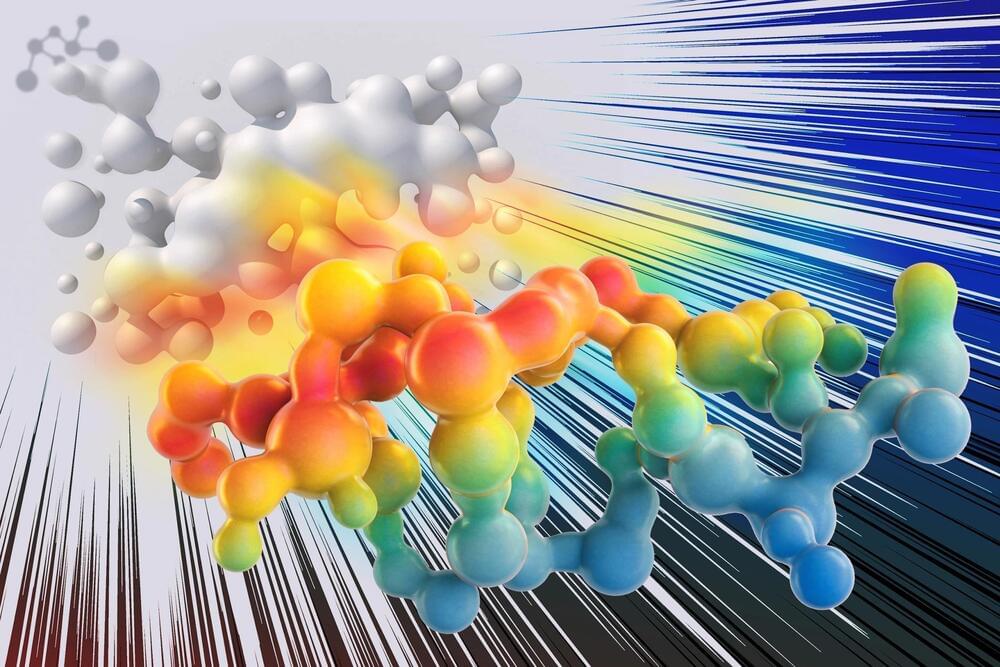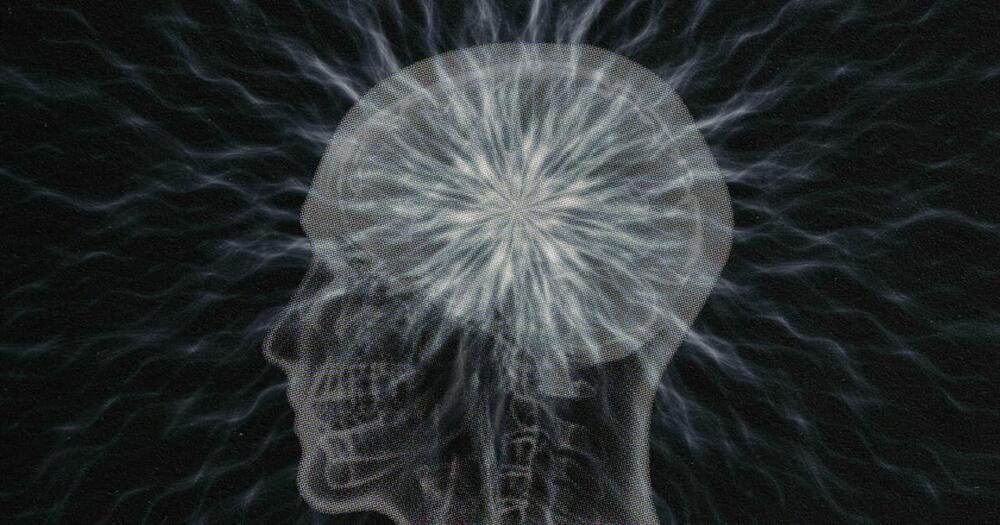ONE in 50 people could be at risk of a new type of genetic dementia, according to a study.
Researchers found people carrying two copies of the APOE4 gene mutation are “almost guaranteed” to develop Alzheimer’s in old age.


Scientists have found a way to restore brain cells impaired by a rare and life-threatening genetic disorder called Timothy syndrome.
A type of drug known as an antisense oligonucleotide allowed clusters of human neurons to develop normally even though they carried the mutation responsible for…
A therapy that restores brain cells impaired by a rare genetic disorder may offer a strategy for treating conditions like autism, epilepsy, and schizophrenia.

MIT researchers have developed a computational approach that makes it easier to predict mutations that will lead to optimized proteins, based on a relatively small amount of data. Credit: MIT News; iStock.
MIT researchers plan to search for proteins that could be used to measure electrical activity in the brain.
To engineer proteins with useful functions, researchers usually begin with a natural protein that has a desirable function, such as emitting fluorescent light, and put it through many rounds of random mutation that eventually generate an optimized version of the protein.


Researchers identified a subcortical brain network that is thought to combine arousal and awareness, playing a key role in human consciousness.
A study recently published in Science Translational Medicine by researchers from Massachusetts General Hospital and Boston Children’s Hospital, both part of the Mass General Brigham healthcare system, introduces a connectivity map of a brain network. This map, the researchers suggest, is essential for maintaining human consciousness.
The study involved high-resolution scans that enabled the researchers to visualize brain connections at submillimeter spatial resolution. This technical advance allowed them to identify previously unseen pathways connecting the brainstem, thalamus, hypothalamus, basal forebrain, and cerebral cortex.
DARPA just tested an autonomous tank that could help keep soldiers safe — and even more self-driving military vehicles are on the horizon. If autonomous vehicles prove capable enough for the battlefield, the tech could someday start finding its way over to civilian uses, too.
The challenge: Tanks have played an important role in the US military for more than 100 years, thanks to their tremendous firepower and armor, but every time the Army puts a soldier into a tank and sends them into combat, it’s putting their life at risk.
Even if the tank is never attacked by an enemy, there’s some evidence that simply firing a tank can cause brain damage for the operators inside, potentially leading to problems with cognition and mental health.



Researchers have discovered the process by which dietary choline crosses the blood-brain barrier. This breakthrough has potential applications in enhancing drug delivery to the brain for treating neurological disorders.
A researcher from the University of Queensland has identified molecular doorways that could facilitate the delivery of drugs to the brain for treating neurological disorders.
Dr. Rosemary Cater from UQ’s Institute for Molecular Bioscience led a team that discovered that an essential nutrient called choline is transported into the brain by a protein called FLVCR2.

To celebrate the launch of our new event series in the US, kicking off with a masterclass on the brain and consciousness, we have made five incredible stories on that subject free to read.